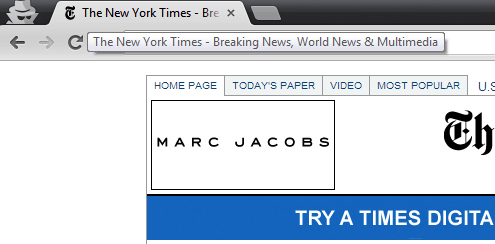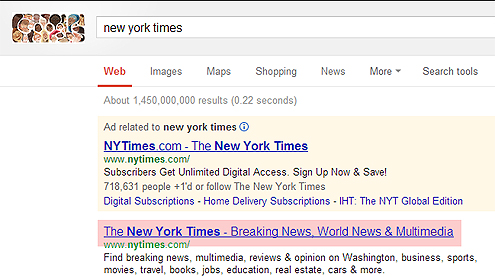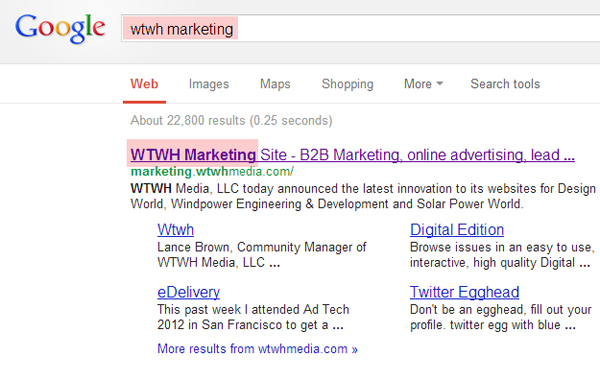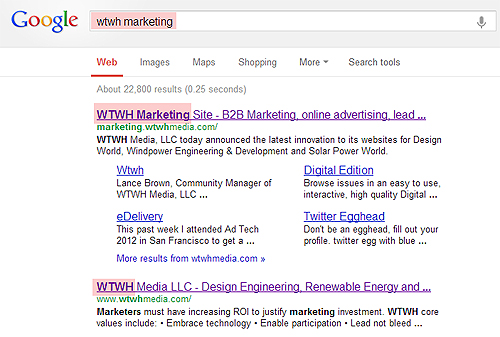Page titles are an important aspect of SEO. Technically, the title tag defines the title of an online document and tells the browser what to display in its title bar. It is part of the head section and is a required element for all HTML documents. Next to the page’s content, the title tag is widely considered the most important element of a page for SEO purposes. It shows both the user and search engines what the page is about.
When crafting your title tags, there are some guidelines and best practices that should be followed. Here is a list of some best practices for a title tag:
— it should be first in the head section
— it should be unique for every page on your site
— it should have your focus keyword at the beginning of the title
— it should be brief, approximately 65 characters in length (however, some recent posts suggest that the width of the characters dictates what is displayed, not the number of characters)
— it should not have any words repeated and have a limited number stop words (i.e. the, and, a, etc.)
Where does the title tag show up?
Title tags will show up in a few locations. One spot is the browser’s title bar and also in any open tabs in the browser.

It also may show up in as the title in the first line of search results, although recent results have shown Google adjusting page titles to show brand names in front of the title and tag.

Lastly, if a user bookmarks the page, the title tag will be used as the default name of the bookmark.
Why the title tag is important?
If the title tag contains a keyword from a query, the word(s) will be bolded in the serp result. The example below shows a query for “wtwh marketing” with the those words in bold in the top result. Also, the second result only has “wtwh” in bold since “marketing” isn’t part of the title tag on that page.
As stated earlier, any important keywords should be placed at the beginning of the title tag. To avoid keyword stuffing, make sure the keywords are appropriate, used only once and help to make a concise title tag that highlights the value of the page.
If branding is a factor for the site, the beginning of the title tag is a great spot to include your brand name in lieu of keywords.
As always, creating content that users find unique, informative and likely to share, is the goal of a great blog post; but these tweaks can help users and search engines discover your post a little more efficiently.




